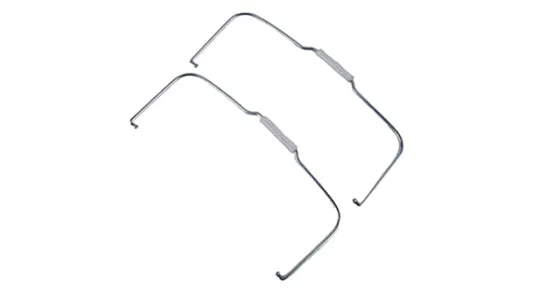-
 Phone:
Phone: -
 Email:
Email:

chain link fence repair
Comprehensive Guide to Chain Link Fence Repair
Chain link fences are a popular choice for homeowners and business owners alike due to their durability, affordability, and low maintenance. However, like any structure exposed to the elements, they can develop issues over time, requiring repair to maintain functionality and aesthetics. This article will provide a detailed overview of chain link fence repair, helping you understand the common problems and the steps you can take to restore your fence to its former glory.
Common Issues with Chain Link Fences
1. Bent or Misaligned Posts One of the most frequent problems encountered with chain link fences is bent or misaligned posts. This can occur due to severe weather conditions or physical impacts—like a vehicle brushing against the fence. When posts are not aligned correctly, the entire fence can become unstable.
2. Rusted or Damaged Chain Link Fabric Over time, the fabric of the fence—typically made of galvanized steel—can develop rust spots. This is especially common in areas with high humidity or where the ground is frequently wet. A rusted chain link can compromise the fence's structural integrity, making it necessary to either repair or replace sections of the fabric.
3. Loose or Damaged Tension Wire The tension wire runs along the bottom of the fence, stabilizing it and holding the fabric taut. If this wire becomes loose or breaks, the chain link fabric can sag, leading to a less secure fence.
4. Broken Fence Gates Gates are critical components of chain link fences. Damaged hinges, latches, or the gate itself can cause accessibility issues. If the gate doesn't close properly, it can leave your property vulnerable.
Steps for Repairing Your Chain Link Fence
Repairing a chain link fence can be a DIY project with the right tools and materials. Here’s a step-by-step guide
chain link fence repair

1. Assess the Damage Begin by inspecting your fence thoroughly. Identify all areas that require repair, including rusty sections, bent posts, or loose wires.
2. Gather Materials and Tools Common materials needed for repairs include - Replacement chain link fabric - Tension wire - Replacement posts or fittings - Rust-resistant paint (for minor rust areas) - Wire cutters, pliers, and a wrench
3. Fixing Bent or Misaligned Posts For bent posts, you may be able to straighten them using a post puller or a come-along tool to apply tension. If a post is damaged beyond repair, it will need to be replaced. Dig out the old post, place a new one in the hole, and secure it with concrete.
4. Repairing Rusted Chain Link Fabric Minor rust spots can often be treated with rust-resistant paint. However, if the fabric is extensively rusted, consider replacing that section. To do this, detach the damaged segment using wire cutters and connect a new piece with tension bands.
5. Reinforcing Loose Tension Wire If the tension wire is loose, tighten it using a tensioning tool. If it's broken, replace it by tightening the new wire securely to the posts and fabric.
6. Fixing Gates Inspect the hinges and latches of the gate. If they are broken, replace them with new hardware. Ensure that the gate swings freely and that the latch secures properly.
Conclusion
Maintaining your chain link fence through regular inspections and timely repairs can prolong its lifespan and maintain your property's appearance. While many repairs can be done as a DIY project, don’t hesitate to consult with a professional for extensive damage or if you're uncertain about the repair process. With the right approach and tools, you can effectively restore your chain link fence, ensuring it remains a reliable barrier for your home or business.
-
Wire Mesh for Every Need: A Practical SolutionNewsJul.25,2025
-
Steel Fences: Durable, Secure, and Stylish OptionsNewsJul.25,2025
-
Roll Top Fencing: A Smart Solution for Safety and SecurityNewsJul.25,2025
-
Cattle Farm Fencing Solutions for Maximum SecurityNewsJul.25,2025
-
Affordable Iron Binding Wire SolutionsNewsJul.25,2025
-
Affordable Galvanized Wire SolutionsNewsJul.25,2025
-
Wire Hanger Recycling IdeasNewsJul.25,2025








